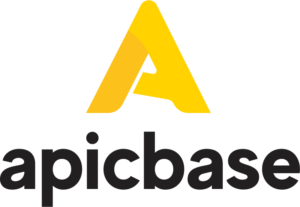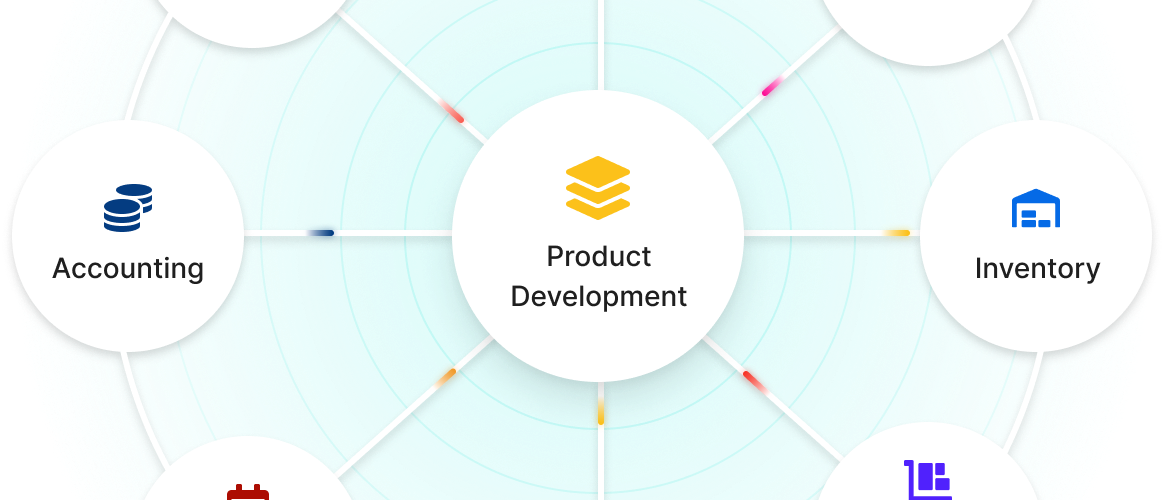
How to protect your food margins
10th April 2022How to protect your food margins when sales are going down
Food margins are more important now than ever. With rising food costs, lack of skilled employees and the demand on your managers increasing every month. See how effective costing and stock management can help your business thrive.
Now that revenues are uncertain,
cost control is more important
than ever. Food cost weighs
heavily on profits. “Oddly enough,
high food costs managed to stay
out of the spotlight for a long
time,” says Carl Jacobs of
Apicbase.
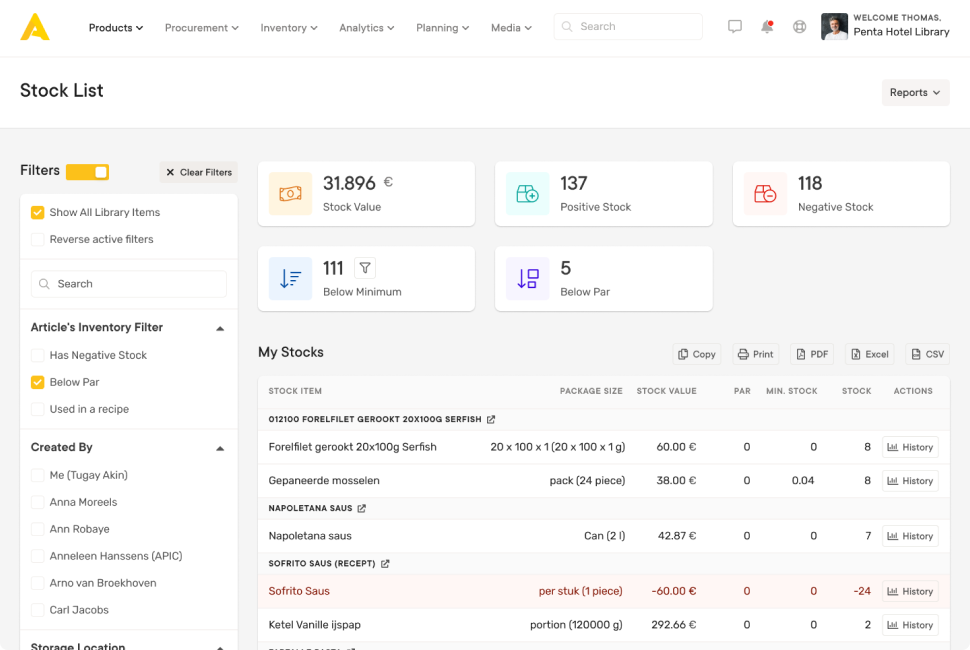
30 years ago American Airlines made a surprising
discovery. They found that putting one less olive
on each passenger’s plate reduced costs by
$40,000. Today that would be a reduction of
$89,000 in today’s money. The story made
headlines because nobody expected that one
small detail could make such a difference.
How to protect your
margins when sales
are going down?
Food cost is a silent killer
What makes this anecdote worth
remembering is not the spectacular
reduction in costs, but how American
Airlines came to that conclusion. They took
the trouble to examine what the food cost of
that one olive was.
Another example is that of entrepreneur
Peter De Clerck. He is at the helm of a
hospitality group with successful bars and
restaurants in Antwerp, Belgium. In an
interview, he shared that he had noticed that
bars in other countries never served free
salty nuts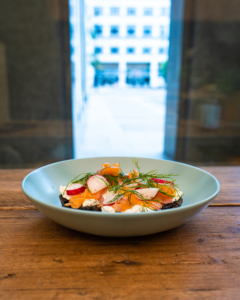
He decided to do the calculations. It turns
out that the salty nuts they served with each
And rest assured: after what they found,
they did not leave it at that one analysis
None of the passengers noticed the minimal
adjustments they made, and yet, the airline
managed to increase its profits
considerately.
drink cost the group 12,000 euros a year. So,
out went the free nuts. The change also had
an unexpected result. Turnover increased
because crisps and snacks suddenly were in
much higher demand.
The extra attention to cost management
had, other words, also influenced revenues
and not only profitability.
Focus on cost control, especially
during growth spurts
Revenue is the order of the day for many
entrepreneurs. The attention to cost control
usually is much smaller. Management,
however, has much more control over the
costs than it has over turnover. After all, this
is an industry where a few drops of rain can
cause revenue to plummet.
Businesses who monitor their F&B closely
will easily cut thousands of euros in
avoidable expenses
Avoidable costs reduce the working capital,
and they slow down growth.
This is certainly true for companies in the
process of scaling up. After all, when the
expenses are 100% under control, it is a lot
easier to turn a healthy profit almost
immediately when you open a new location.
Especially the food costs since most other
costs are more or less fixed.
Where to find the data to make
cost-reducing choices?
An old proverb goes: nobody can see the
garbage on the bottom of the river when the
water is high. It is only when the water goes
down that you notice how all that rubbish
was obstructing the low of the river. For a
business, it is the same. When the revenue is
high, nobody goes looking for
You need reliable data if you hope to get a
firm grip on your food cost. These data are
often found just below the surface. That is
why a real food cost ninja will never rely
solely on a three-monthly stock count to
figure out where all the money is going. They
keep track of the money all the time. 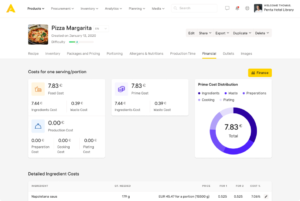
Occasionally you will still come across an
F&B manager who arrives at the battlefield
armed with pen and paper. Food cost eats
up 28% to 40% of your turnover.
the invisible costs that are inevitably slowing
you down.
That is why it’s good to monitor food cost
carefully and streamline operations
continuously. Think back to the olive, the
details make all the difference.
That is a battle no one can win with only a
notebook in hand. Not even spreadsheets
are a helpful guide through the food cost
minefield. Excel Files tend to cause more
trouble than they solve
Successful restaurateurs use integrated
systems that tell them: “The East-London
store is taking in too much wine compared to
the sales recorded in the EPOS. And in
Liverpool, the recipe margins fell by 1% since
they got that new supplier on board. You
better talk to the managers there.”
Optimised cost control in F&B 6
The holy grail in F&B management
The Holy Grail in F&B is a fully integrated
system that not only analyses the sales
figures, but that also links them with
inventory, procurement and the recipe
database. Apicbase provides such an
end-to-end solution for multi-outlet
foodservice businesses.
Carl Jacobs, CEO of Apicbase: “When
systems don’t integrate,
companies inevitably create data silos.
Which means, they end up with
spreadsheets that contain the stock counts,
emails with purchasing orders and apps that
organise the production or allergen
information. It’s a mess. In the end,
somebody will have to free up time to go
through all that information and update the
data. That is frustrating. In my opinion,
software should provide insights and save
time.”
What good is a theoretical profit?
“The example of the olive illustrates the
difficulty that many businesses struggle
with,” says Carl Jacobs. “In theory, it’s easy
to find out what the impact of that one olive
is on your overall costs.
The prerequisites are that purchases must
be well organised, that each location follows
production guidelines to a tee and that
someone puts in the time to keep a close eye
on everything. That is where things often go
wrong.”
Is a recipe calculation on its own completely
useless then?
Is an integrated system expensive?
“No, it indicates what the selling price of a
dish should be to make a profit. But that is a
theoretical profit, and what good is a
theoretical profit?
I mean, the goal is to make sure that every
dish hits the target profit everyday of the
week – in the real world, right? It is only then
that a business has firm ground beneath the
feet to start scaling up.”
“No, because the ROI is many times greater
than the investment. The exact ROI,
however, depends on the number of
locations. The more locations, the greater
the added value.
In a small company, one person can still
keep a close eye on the operations and be on
top of everything. If you work on a larger
scale, you can’t depend on one person
knowing everything. You will have several
teams with specialised managers. In such an
environment, you want a system that can
collect all the available data, analyse it, and
provide actionable answers.
Olives are countable, but what about
Bolognese sauce?
“Exactly, how do you monitor portion sizes?
Does each branch purchase the same
amount of minced meat? Is there any
variation between the theoretical inventory
and the actual inventory? All these details
have a major impact on food costs and profit
margins. A business has to be able to see the
whole picture. If the information is scattered
in spreadsheets, emails, and apps it
becomes difficult to detect irregularities,”
says Jacobs.
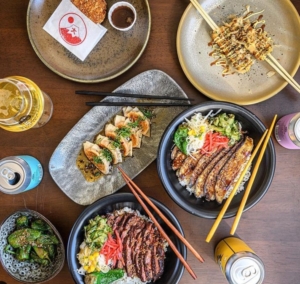
“It is essential to act quickly. Last year, a
fast-casual chain with I’ve outlets had
€100,000 in food costs that had no
corresponding sales. The stock seemed to
have evaporated. Where do you begin to
look? What is the cause? Was it theft, over
portioning, overstocking… They had no idea.
These days the company monitors the
incoming and outgoing food lows in
Apicbase. Should a problem arise, they
notice it immediately in the system.”
Finally, how do you see
the future of the
industry?
“These are difficult times for the
hospitality industry, but every day I
meet excellent managers and
entrepreneurs who know what they
are doing and how to navigate
these demanding times. I’m not
worried about the future”,
concludes Carl.
Apicbase offers a simple solution for a complex problem:
end to end monitoring of F&B data.
The system is modular and flexible and offers in-depth
insights no matter what food business you operate: hotel,
ghost kitchen, catering, and restaurant (FSR, QSR,
Fast-Casual, Casual-Dining).
Apicbase takes care of all the complex calculations.
Management gets a straightforward dashboard with food
cost, margins, stock, orders, production, recipes, allergens,
and nutritional values – for every outlet.
Multi-Unit F&B Management Platform
To learn more about this software and how to manage your F&B operation visit Apicbase
Or to learn more about Lumiere consultancy please get in touch we are looking forward to hearing from you
